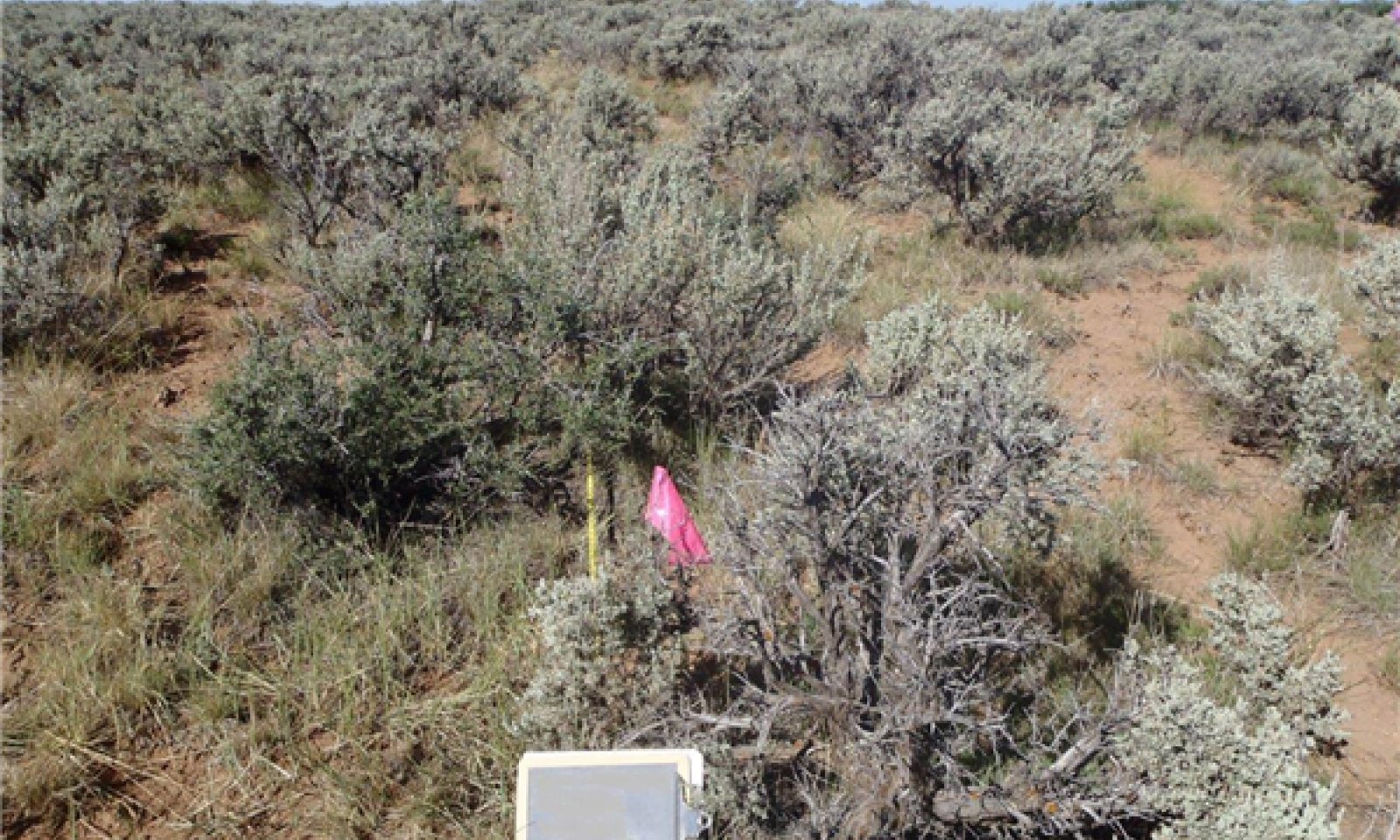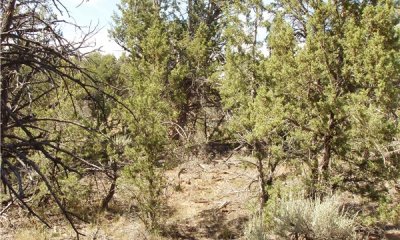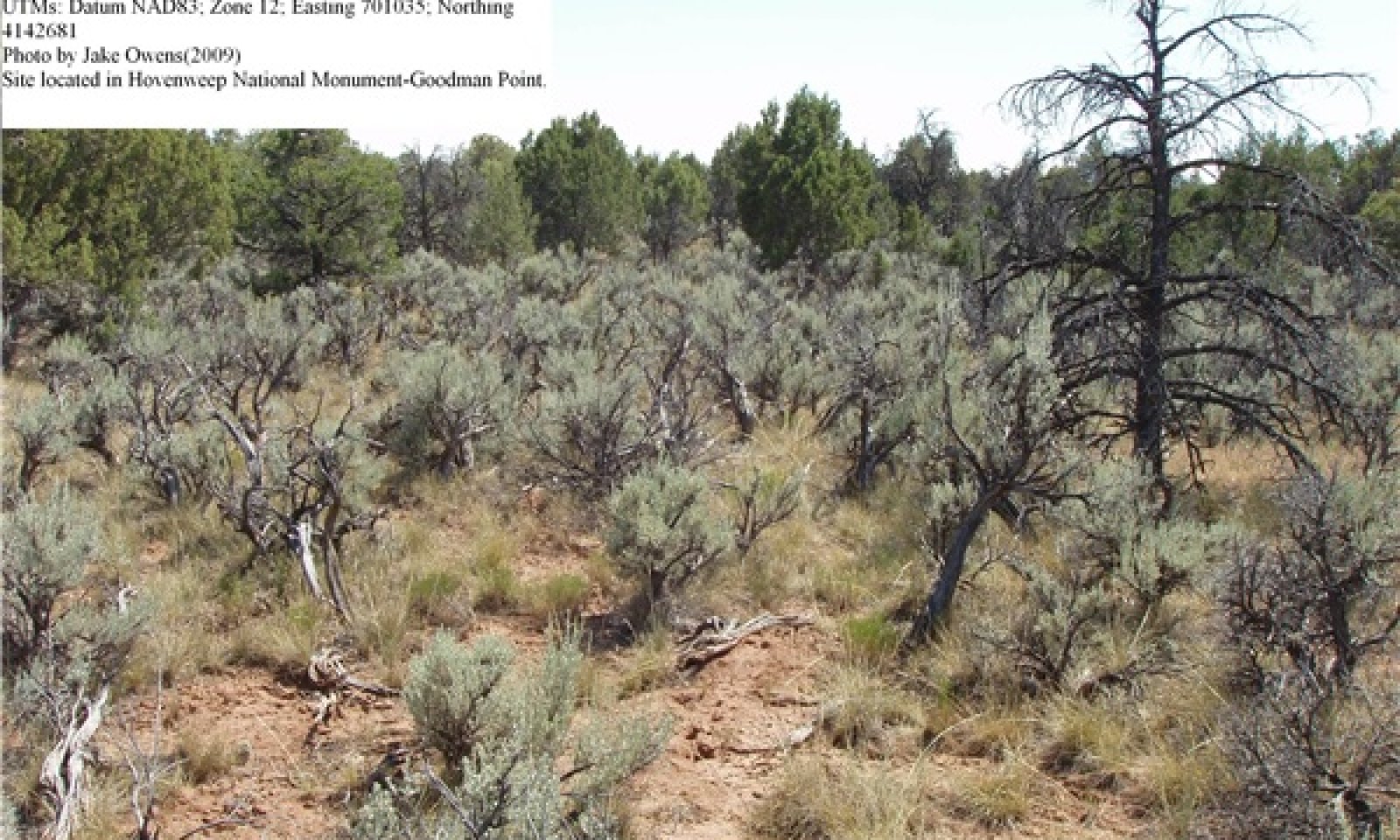
Loamy Foothills
Scenario model
Current ecosystem state
Select a state
Management practices/drivers
Select a transition or restoration pathway
- Transition T1A More details
- Transition T1B More details
- Transition T2A More details
- Transition T2C More details
- Transition T2B More details
- Restoration pathway R3A More details
- Transition T3B More details
- Transition T3A More details
- Restoration pathway R4A More details
- Transition T4B More details
- Transition T4A More details
- Transition T5A More details
- Restoration pathway R5A More details
-
No transition or restoration pathway between the selected states has been described
Target ecosystem state
Select a state
Description
The reference state represents the plant communities and ecological dynamics of the Loamy Foothills site. This state includes the biotic communities that become established on the ecological site under the natural disturbance regime prior to pre-European settlement. The main pathways on this site are fire and drought. Drought is frequent on this site. Historically, fires were of mixed severity, and various sizes. The fire frequency was 10-70 years in Wyoming Big Sagebrush Communities. The reference state is generally dominated by Wyoming big sagebrush, western wheatgrass, and muttongrass. Soil crusts are a very important part of this community. Crusts recycle nutrients, aid in moisture retention, fix nitrogen, fix carbon, and stabilize the soil reducing wind and water erosion (Belnap, 1994; Belnap and Gillette, 1998; Beymer and Klopatek 1991). The reference state is self-sustaining and resistant to change due to high resistance to natural disturbances and high resilience following natural disturbances. When natural disturbances occur, the rate of recovery is variable due to disturbance intensity. Once invasive plants establish, return to the reference state may not be possible.
Submodel
Description
The current potential state is similar in structure and function to the reference state, however invasive species are present in all community phases. The current potential state is generally dominated by big sagebrush and perennial grasses, but has an additional phase due to juniper encroachment as a result of fire suppression. The current potential state is less resilient than the reference state due to the presence of non-native/invasive species in the plant community.
Submodel
Description
It is thought that pinyon and juniper, with an understory of mostly perennial grasses, may dominate the site in the longtime absence of fire, but lightning fires following warm dry early summer weather are a natural feature of the region. This could have maintained much of the site in a grassland cover, as reported by many early settlers except for occasional trees and isolated patches. Such vegetation is the basis for the potential described here. Without fire, simulated clearing methods may be necessary to maintain it (SCS, 1975, Miller and Tausch 2002). This state typically occurs when there is a long time span between fires. The transition to this state also has a reduction in fine fuels plays a part in increasing the fire return intervals once the site has transition to this pinyon-juniper state. Thus, state can persist for long time periods until the conditions needed for a fire occur or vegetation treatments are done to move the community to a different state.
Submodel
Description
This state results from seeding introduced perennial grasses (i.e. crested wheatgrass and Russian wildrye). Native perennial grasses, forbs and shrubs may be included in the seed mix. This state behave similar community dynamics to the current potential state community. Other vegetation treatments may be necessary to get to this state, they include chaining, mowing, disking, prescribed burning and other techniques which manipulate the plant community. Applying vegetation treatments to plant communities to either the invasive annuals or juniper encroachment states to create a seeded state is often the first step in assisted restoration to plant communities an intermediate step to get to the Current Potential State. The seeded state could persist for long periods of time with proper management. Native grasses and forbs may reestablish over time from nearby seed sources. Big sagebrush will typically reestablish in 30-40 years.
Submodel
Description
This state is dominated by invasive annual species. Invasive annual species can including cheatgrass, Russian thistle, kochia, halogeton, storksbill geranium, and annual mustards. Generally as ecological conditions deteriorate and perennial vegetation decreases due to disturbance (fire, over grazing, drought, off road vehicle overuse, erosion, etc.) annual forbs and grasses will invade the site. The presence of these species will depend on soil properties and moisture availability; however, these invaders are highly adaptive and can flourish in many locations. Once established, complete removal is difficult but suppression may be possible.
Submodel
Mechanism
The native understory in the reference state has been invade by non-native species. Plant may include cheatgrass, Russian thistle, and annual wheatgrass. Some invasive plants can become established in undisturbed and healthy native plant communities. Possible events that can cause this transition include improper domestic livestock, severe surface disturbances, fire, and/or extended droughts.
Mechanism
This transition is from the native shrub and perennial warm and cool season grass state, to a state that is dominated by two-needle pinyon and Utah juniper encroachment. Events include time without disturbance, insect herbivory, and continuous season long grazing of perennial grasses. Once junipers reach 50 years old they are much harder to kill with fire (Miller and Eddleman, 2001). As canopy density increase, bare ground will increase further increasing the fire return interval, accelerating erosion, increasing run-off and further affecting the watershed functionality. This transition also favors the establishment of invasive annual species such as cheatgrass.
Mechanism
This transition is from the native shrub and perennial warm and cool season grass state, to a state that is dominated by two-needle pinyon and Utah juniper. Events include time without disturbance, insect herbivory, continuous season long grazing of perennial grasses, and tree invasion. Once junipers reach 50 years old they are much harder to kill with fire (Miller and Eddleman, 2001). As canopy density increase, bare ground will increase further increasing the fire return interval, accelerating erosion, increasing run-off and further affecting the watershed functionality. This transition also favors the establishment of invasive annual species such as cheatgrass.
Mechanism
This transition is from a big sagebrush dominated state, to a state that has been seeded with introduced perennial grasses. High energy inputs are needed for this transition. Sagebrush and/or trees will need to be removed with vegetation treatment techniques (I.e. chemical, mechanical, or fire) and introduced species that are adapted to the area and adapted to management needs have been seeded and become established.
Mechanism
This transition is from big sagebrush dominated state, to a state that is dominated by invasive species. Events include establishment of invasive species, fire (<5-20 years), continuous season long grazing of perennial grasses, long term drought.
Mechanism
Pathways can be one or more of the following: brush treatments, seeding, insect herbivory/pathogen, proper grazing, drought, and/or fire. This pathway requires lots of energy input into the system.
Mechanism
Seeding of introduced/native species (grasses and forbs) is the pathway to state 4. Also, trees are usually removed by mechanical or chemical treatments. This transition requires energy input into the system.
Mechanism
This transition is from a two needle pinyon and Utah juniper state, to a state that is dominated by invasive species. Events would include establishment of invasive species, fire, and other methods of tree removal with an understory that is dominated by invasive annual species (i.e. cheatgrass).
Mechanism
This return path could possible occur as a result of long time frames without disturbance. Native plants from adjacent site would slow establish in the seeded state. Proper grazing from livestock and wildlife which would favor the establishment of native plants. Removal of the Utah juniper and Pinyon as they encroach would also be necessary.
Mechanism
This transition is from the big sagebrush-seeded grass state to a state that is dominated by two-needle pinyon and Utah juniper. Events include, fire suppression, time without disturbance, insect herbivory, continuous season long grazing of perennial grasses, and tree invasion. As canopy density increase, bare ground will increase further increasing the fire return interval, accelerating erosion, increasing run-off and further affecting the watershed functionality. This transition also favors the establishment of invasive annual species such as cheatgrass.
Mechanism
This transition is from a seeded state, to a state that is dominated by invasive species. Events include increased of invasive species, shortened fire return interval, and long term drought. Improper continuous season long grazing of perennial grasses can reduce the time needed for this pathway.
Mechanism
This transition requires fire return intervals to length and fire suppression may be necessary to interrupted the shorten fire return intervals that occur when cheatgrass and other annuals invade. Juniper will encroach onto the site with time and lack of fire. Seeding may be necessary to establish perennial plants. This could require significant energy inputs to make this transition happen.
Mechanism
Invasive annuals will need to be treated and dominance suppress enough to allow desired seeded species the ability to complete so that they can become established. Seeding of introduced species is the pathway to state 4. This transition will be difficult and require substantial inputs and management of the site. It may not be practical on a large scale. Research is needed for species adapted to compete with annual invasive plants, and seeding techniques to add with successful transition from the invasive annual state.
Model keys
Briefcase
Add ecological sites and Major Land Resource Areas to your briefcase by clicking on the briefcase (![]() ) icon wherever it occurs. Drag and drop items to reorder. Cookies are used to store briefcase items between browsing sessions. Because of this, the number of items that can be added to your briefcase is limited, and briefcase items added on one device and browser cannot be accessed from another device or browser. Users who do not wish to place cookies on their devices should not use the briefcase tool. Briefcase cookies serve no other purpose than described here and are deleted whenever browsing history is cleared.
) icon wherever it occurs. Drag and drop items to reorder. Cookies are used to store briefcase items between browsing sessions. Because of this, the number of items that can be added to your briefcase is limited, and briefcase items added on one device and browser cannot be accessed from another device or browser. Users who do not wish to place cookies on their devices should not use the briefcase tool. Briefcase cookies serve no other purpose than described here and are deleted whenever browsing history is cleared.
Ecological sites
Major Land Resource Areas
The Ecosystem Dynamics Interpretive Tool is an information system framework developed by the USDA-ARS Jornada Experimental Range, USDA Natural Resources Conservation Service, and New Mexico State University.








